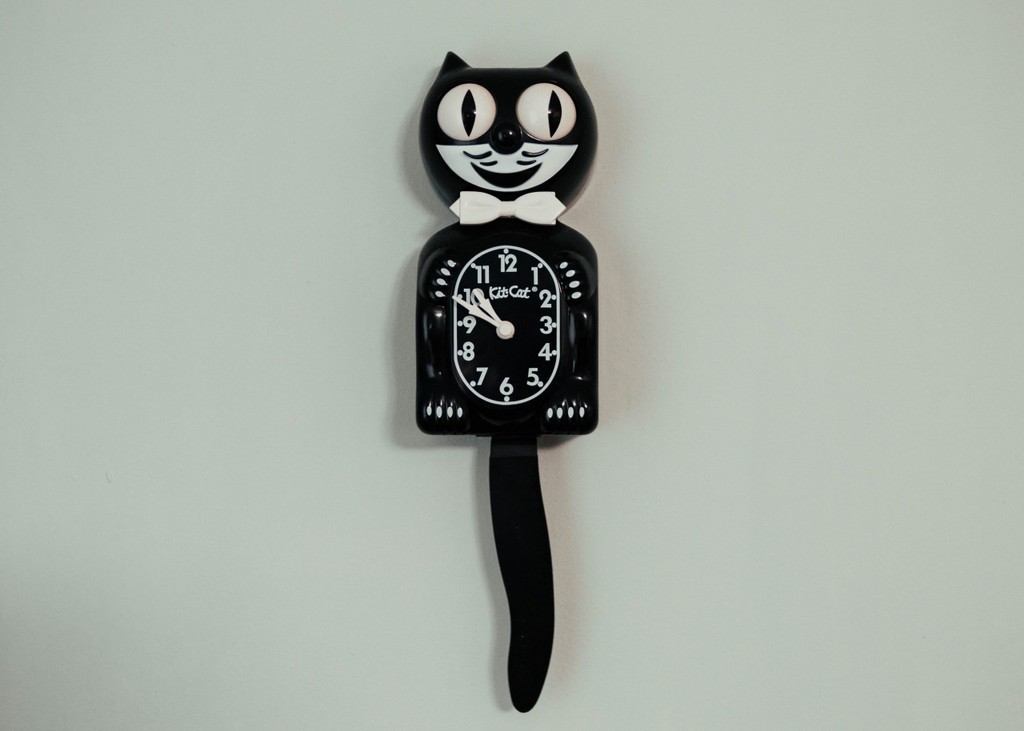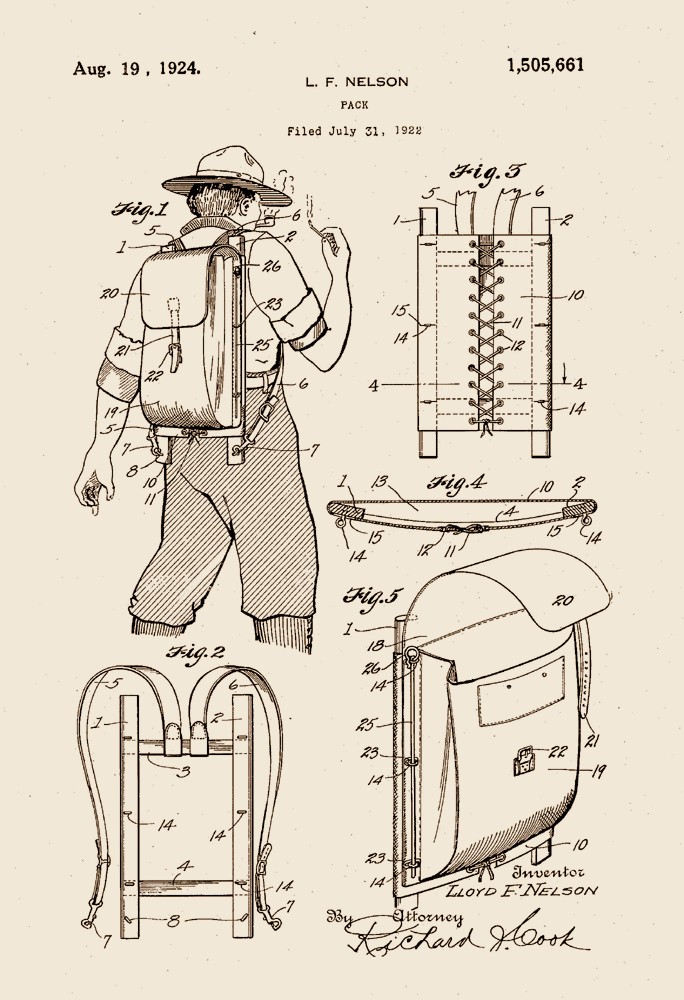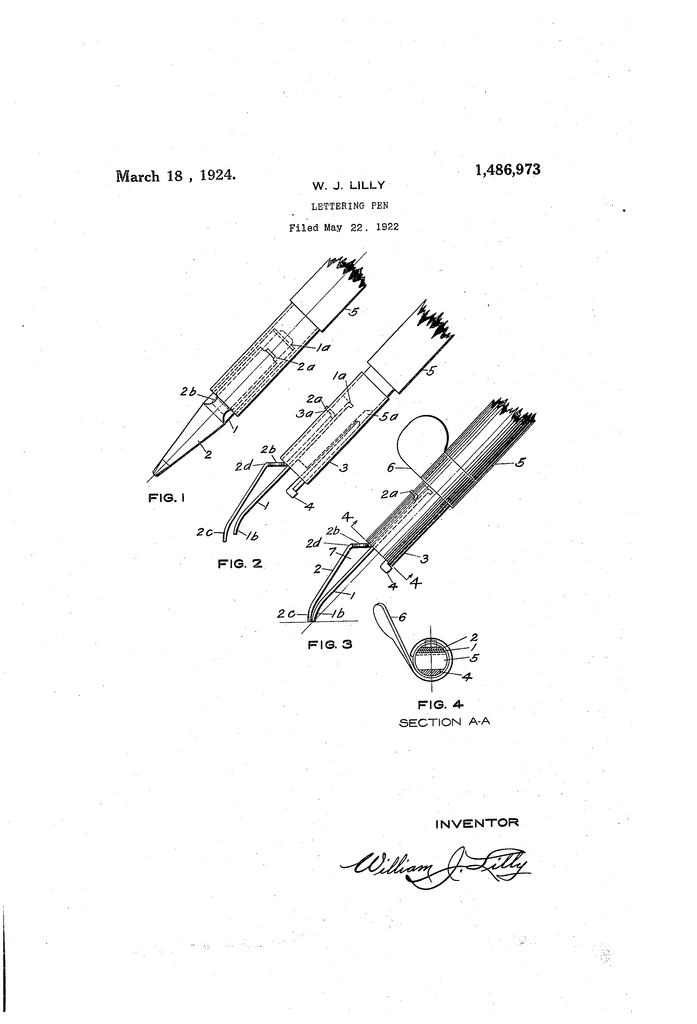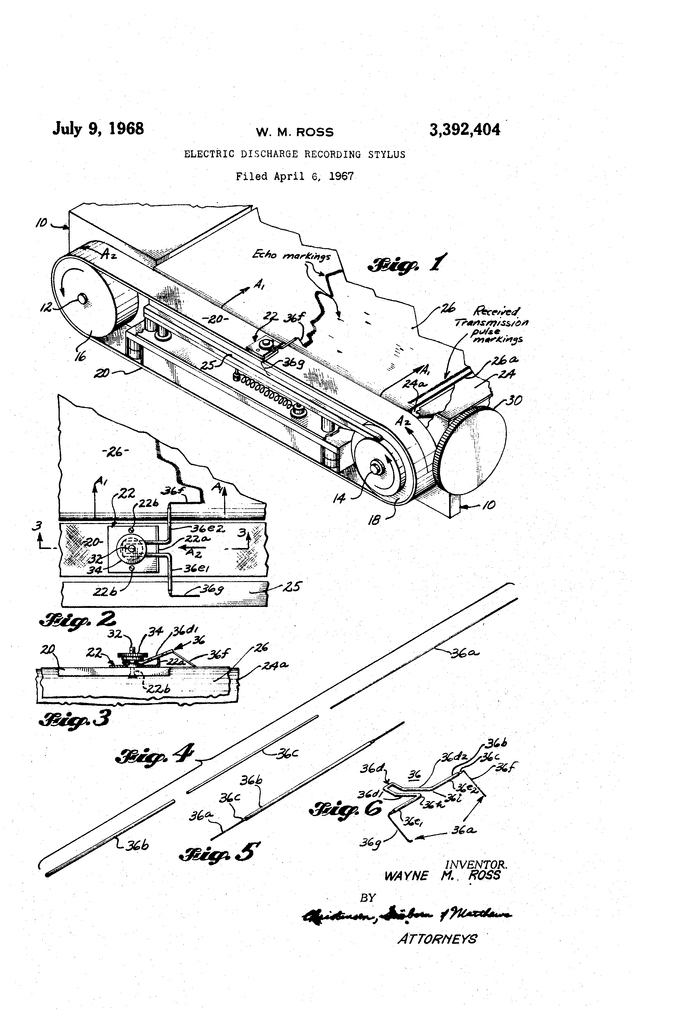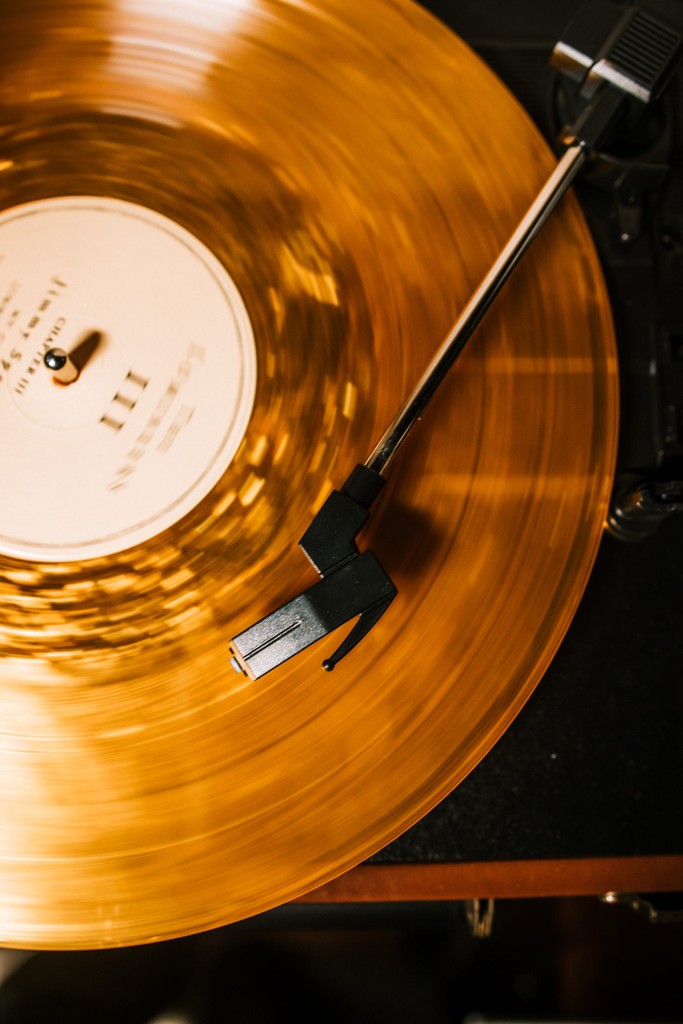Inventors and Patents From the City of Seattle
All inventors, whether they are a restless workshop tinkerer or a highly disciplined researcher scientist, share the same goal: to create a better mousetrap, solve a vexing issue, and dramatically improve upon an existing invention.
Seattle is known for being a hub of innovation. It is the home of UPS, Starbucks, Amazon, Boeing, and UPS. There are also many creative people who have flourished in this vibrant ecosystem. The Museum of History and Industry dedicated a section of its new South Lake Union residence to the permanent Bezos Center for Innovation.
Its exhibits include a variety of local inventions. You may have heard of the Kit-Cat Clock, the Slinky Train, or even a single-handle Moen faucet. and many more. Whatever it is, you can probably thank a Seattle-based inventor for coming up with it.
Slinky Train
The history of the Slinky toy begins with Helen Malsed, a young Seattle resident. She invented the toy at the age of six, redesigning it as a pull toy. After that, she added the Slinky Dog and the Slinky Train to the Slinky line. By the time she was forty, she had invented more than twenty-five toys and patented twenty-one of them.
In the 1880s, the first streetcar line was built in downtown Seattle. It was a horse-drawn system, but later, the city’s first electric streetcars came on the scene. In 1889, private streetcar lines in Seattle began operating, and by 1898, the city boasted 22 separate streetcar lines. In 1898, these private lines were consolidated under the Seattle Electric Railway Company, a company owned by the Stone & Webster utility cartel. The company was eventually unable to make enough money to continue operating, and it was sold to the city.
The last streetcar ran on April 13, 1941. In the mid-1950s, the city began to push for modern rapid transit, but was denied by the State Highway Commission. It was too expensive. The city’s transit commission argued for rail right-of-way in early plans for Interstate-5, but it was rejected as too expensive. In addition, the car was king by the mid-1950s, and powerful suburban and highway developers were ill-suited to fund a competing rail system. Moreover, rail competitors would inevitably favor dense urban areas over less-density suburban areas.
Image Credit: Unsplash
Kit-Cat Clock
The Kit-Cat Clock is an iconic timepiece. It has been around since 1932, keeping the hours in purrfect time. It is made of plastic and features an animated plastic tail and luminous eyes. It is an incredibly popular timepiece that has earned numerous patents and has been featured in many popular media.
Between the 1930s to the Allied Clock company was based in Seattle during which time it adopted the increasingly popular method of plastic molding and experienced explosive growth. The design of the clock changed several times, and it quickly became synonymous with the 1950s in America.
In the 1960s, Allied Clock relocated its production to Southern California. The company changed its name to California Clock Company and continued to make the iconic timepiece in the United States. In 1982, Woody Young acquired the company and continued to manufacture the clock.
The California Clock Company began producing the Kit-Cat after it received a patent for it. Its factory was located in Ontario, California. The company is dedicated to keeping the iconic Kit-Cat alive. The kit-cat clock was even featured in the 1985 film Back to the Future.
Image Credit: Unsplash
Single-handle Moen faucet
The company that produces Moen faucets was founded in 1937 by Al Moen. Today, the company employs more than 3,000 people worldwide. The company is headquartered in North Olmsted, Ohio. Moen was originally a subsidiary of Ravenna Metal Products, a Seattle company. In 1956, the company was acquired by Stanadyne, which was later acquired by Forstmann-Little & Company. The now company holds more than 75 patents and continues to develop faucets today.
Moen was born in Seattle and worked as a tool designer at the military shipyard plant until he retired in 1982. When Moen was a college student, he worked in his garage in order to pay his tuition at the University of Washington. One evening, while working at his garage, he went to his sink to wash up. As he turned the faucet, scalding water spewed out. This experience inspired Mr. Moen to create a faucet with one handle instead of two.
A single-handle Moen faucet is now a great choice for kitchens and bathrooms. The company produces a wide selection of styles and finishes and offers a number of accessories to complement them. Customers can choose a modern or classic style depending on their taste and budget.
Image Credit: Unsplash
United Parcel Service
Jim Caseys American Messenger Co. employed teenagers to deliver packages, carry mail and manage errands in Seattle for both individuals and businesses. The company grew from walking to riding bicycles, bikes, and then trucks and was eventually incorporated into UPS in 1919.
Down parka
Puffy jackets are very much in fashion this year. You would be hard-pressed to find out who the inventor of down jackets is: Eddie Bauer. Bauer, who had suffered hypothermia, and was determined to find an alternative for heavy wool clothing. The Skyliner goose-down parka was his solution. It is the first quilted goose down jacket. During World War II, he sold his parkas and pants to the US Army Air Corps.
Image credit: Google PatentsSolowheel
Solowheel is a standing unicycle. The Solowheel, which is seatless, can travel 25 to 31 miles on one charge and speeds along at 15 to 19 MPH depending on its model. Although these Solowheels were created in 2011, they are rare to find. September 2010, was the debut of the Solowheel prototype. It was unveiled to the public at Las Vegas’ Bike Expo. From midnight to dawn, Shane Chen assembled his first electric stand up unicycle using a soldering iron and a screwdriver.
Doppler Ultrasound
Baker, a bioengineering student at the University of Washington, created one of the most cost-effective diagnostic tools for medicine. He added Doppler technology, which gives clearer images to existing ultrasound devices, to make them more affordable. In 1967, his work was published for the first time. He helped to transfer his technology to Advanced Technology Laboratories in one of the most important cases of tech transfer.
Backpack
Bremerton’s Lloyd “Trapper“, Nelson, decided after a long day of hiking that he needed a better bag to hold all his belongings. The first ever wood-framed backpack was created by Nelson. This allowed for a canvas bag to be attached with removable pins, making it easy to clean. The pack’s weight was carried by the shoulder straps, which provides more comfort for hikers.
Image credit: Google PatentsLettering Pen
William Hugh Gordon and Ross George filed a patent to patent a lettering pen with a built in reservoir for ink. Also, the pen had a square-tipped nib that could be replaced. Because it could create a thin line or a wide one depending on how the pen was held, it became a popular choice for calligraphers and designers. The Speedball was a commercial success that left an indelible impression on generations of cartoonists and artists.
Image credit: Google PatentsPaul Tutmarc, a Seattle music teacher, had experimented for many years with electrifying musical instrument. He then created an electromagnetic pickup that amplifies sound. Stimson went to Los Angeles with Art Stimson after a local attorney told him that the technology couldn’t be patentable.
Tutmarc then manufactured his own line of products- Audiovox electric guitars in Seattle. The Audiovox, along with Rickenbacker and Vivi-Tone, was one of the first electric guitars to hit the market. By 15 years, Tutmarcs’ electric bass guitar was 15 years ahead of Leo Fenders Californian-made Precision guitar.
Holography
Holographs are still popular with the public, from YouTuber and nail artist Cristine Raquel Rotenberg to the holographic pop star Hatsune Miku. The team at the Pacific Northwest Laboratory, who developed the fundamental technologies that underpin holography, would have prevented us from being as far advanced as we are today in holography. The team’s acoustic-holography technologies enabled physicians to see the inside of a human in 1970.
Heart Defibrillator
Karl William Edmark was a Seattle cardio surgeon who worked with Swedish and Providence hospitals to develop a heart defibrillator. With the support of the University of Wisconsin, he started experiments with a direct current device that was more efficient than alternating-current models. It was successfully used in open-heart surgery for a 12-year old child in 1961. Edmark chose not to patent the invention.Technology could be kept in the public domain. To manufacture the device and other medical equipment, he founded Physio-Control.
Sonar
As chief engineer at Seattle’s Intervox Corporation in the 1980s, Wayne Ross used spare parts to create a device that uses ultrasonic sound to locate sunken outboard motors and lost fishing gear within one mile. Ross Laboratories created the first compact depth sounder that could be used on pleasure or commercial fishing boats. This technology could be used to aid in maritime navigation, as the U.S. Navy loved it.
Image credit: Google PatentsFiberglass Skis
Bill Kirschner, UW mining engineering graduate, tested a prototype fiberglass snow ski in 1962. His Vashon Island-based K2 Corporation launched its Holiday model in 1965. A UW structural engineer helped to improve the design. K2 skis were instrumental in the 1968 U.S. Ski Team win. Ski Team member won a World Cup event. The firm went on to dominate the industry for decades.
Vinyl records
We are starting off on a musical note. While Waldo Semon was not born in Washington, he earned his doctorate in chemical engineer at the University of Washington. You may not have been able hear your favorite song on vinyl if you didn’t learn it at university. Waldo is the holder of 116 patents and invented vinyl, which is now the most-used plastic.
Image credit: UnsplashBlended winglet
Louis B. Gratzer, a former boeing engineer, invented the blended winglet. This perpendicular wingtip addition improves aircraft performance by reducing drag. The wingtips can reduce fuel consumption and carbon dioxide emissions up to 5 percent, while improving takeoff performance as well as noise reduction.
Pictionary
A group of friends in Spokane created a game that involved participants drawing quick sketches on paper in order to help their partner guess the dictionary term being considered. Rob Angel, along with a few partners, developed the name and trademarked it after he moved to Seattle in 1984 to become a waiter. Pictionary sold over 7,000 copies by 1985’s end. A veteran toy industry veteran, stepped in and formed the Games Gang. It went on to sell more than 20,000,000 units.
Kinect for Xbox
Microsoft’s Kinect was released in 2010. It allows users to interact with computers and gaming consoles using gestures or spoken commands. Microsoft research from around the globe was used to create the device. The main campus in Redmond provided voice recognition, while a Beijing research team was able to identify players in dim light. Meanwhile, the Cambridge campus provided the ability for real-time tracking of all activities. Although the device was originally intended for gaming, it has been modified for many other purposes.
Amazon launched the Kindle ebook reader, which can download books in seconds and store up to 200 books. The product sold out in just five and a quarter hours. Whispernet, which allows the device to download books quickly, was developed in collaboration with Qualcomm. The software was created by an Israeli team that used Java, Sun’s proprietary software. The E Ink, which makes it easy to read the text on the device, was developed by researchers at MIT’s Media Lab.
https://www.ycombinator.com/documents/
https://techcrunch.com/
https://www.uspto.gov/learning-and-resources/startup-resources
https://www.sba.gov/business-guide/plan-your-business/fund-your-business
https://hbr.org/1998/11/how-venture-capital-works
http://patentpc.com/
http://uspto.gov/
Inventors and Patents From the City of Portland
Inventors and Patents From the City of Norcross
Startup And New Business Guide For California Inventor Patentable Invention
Free Patent Filing Assistance In South Carolina
Free Patent Filing Assistance In Garden Grove

